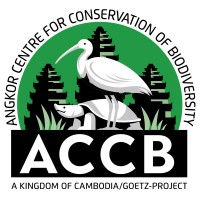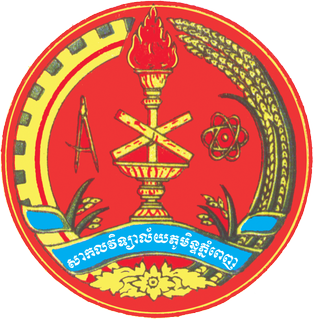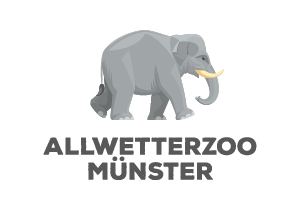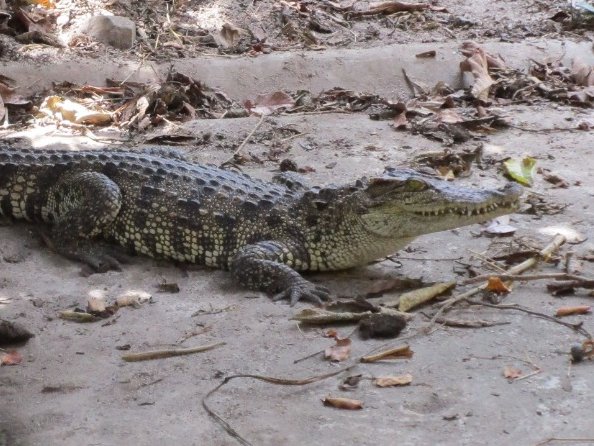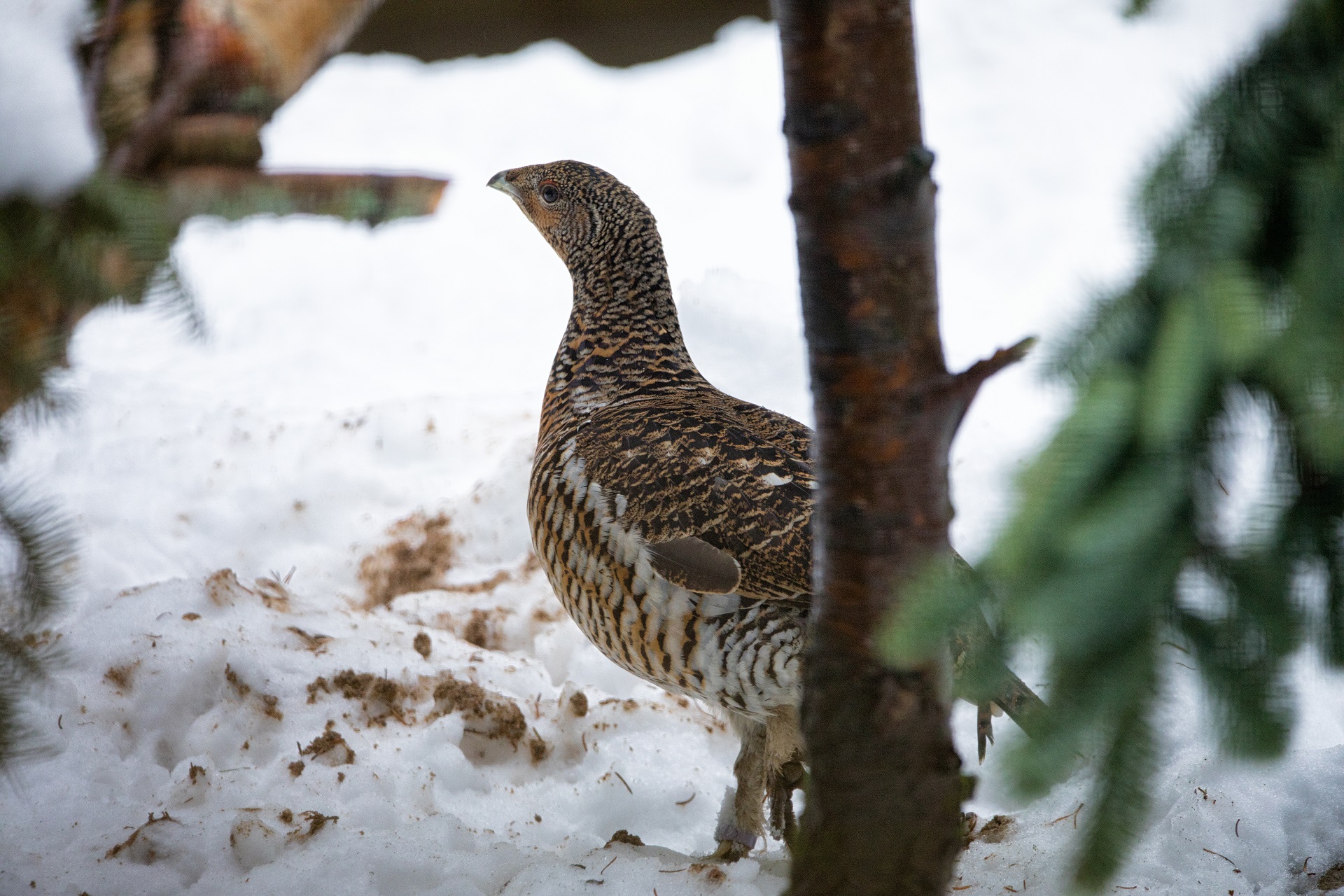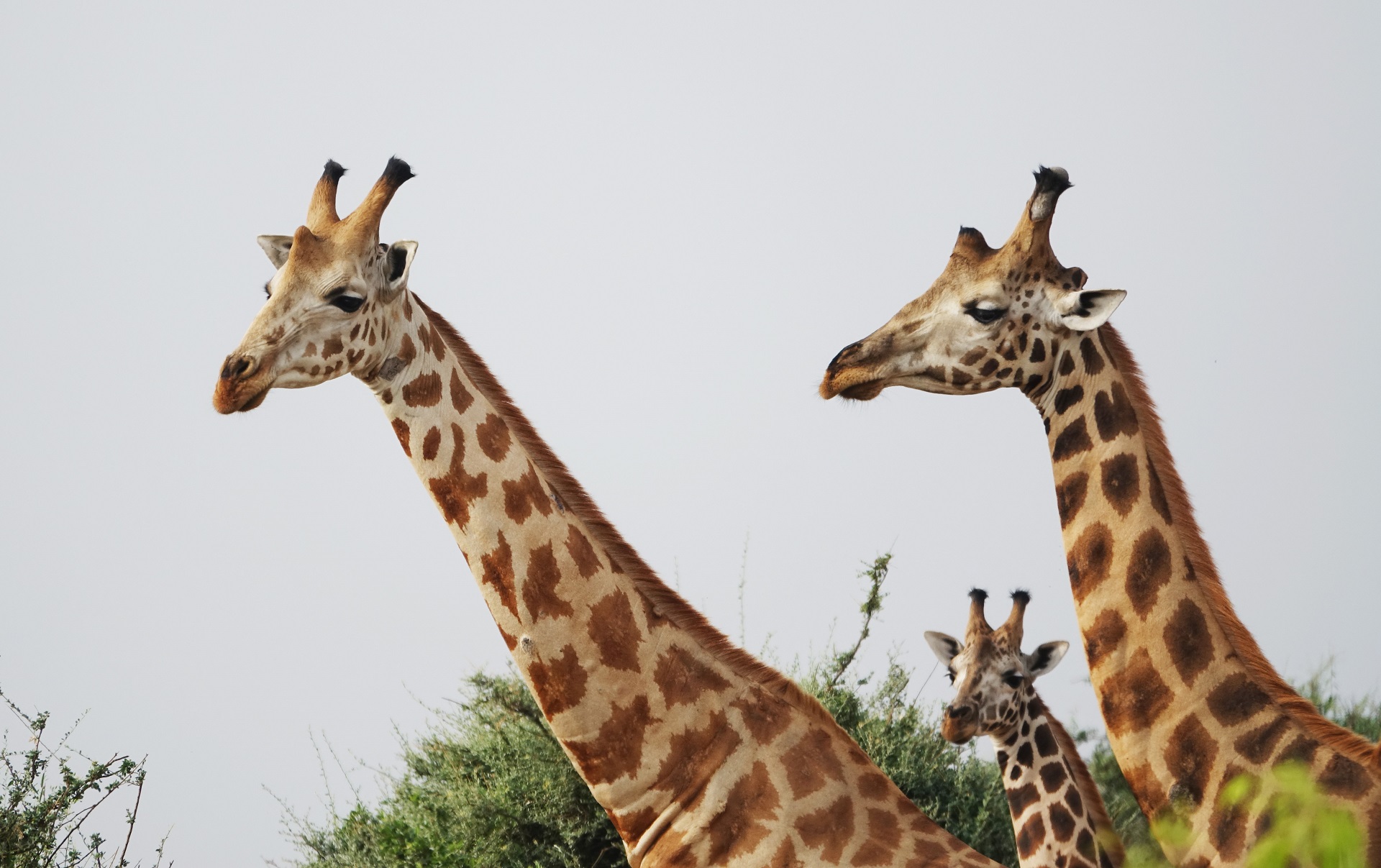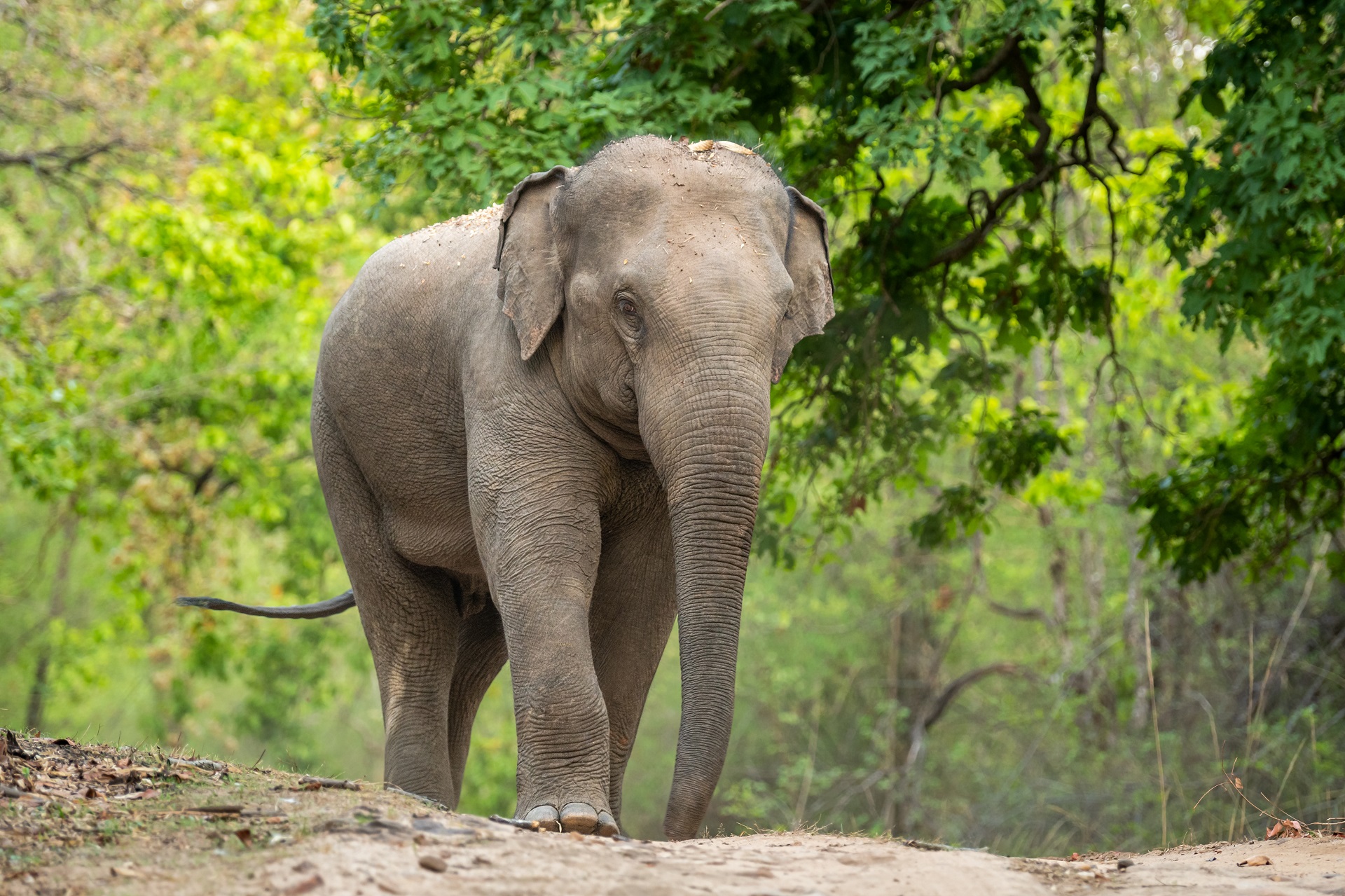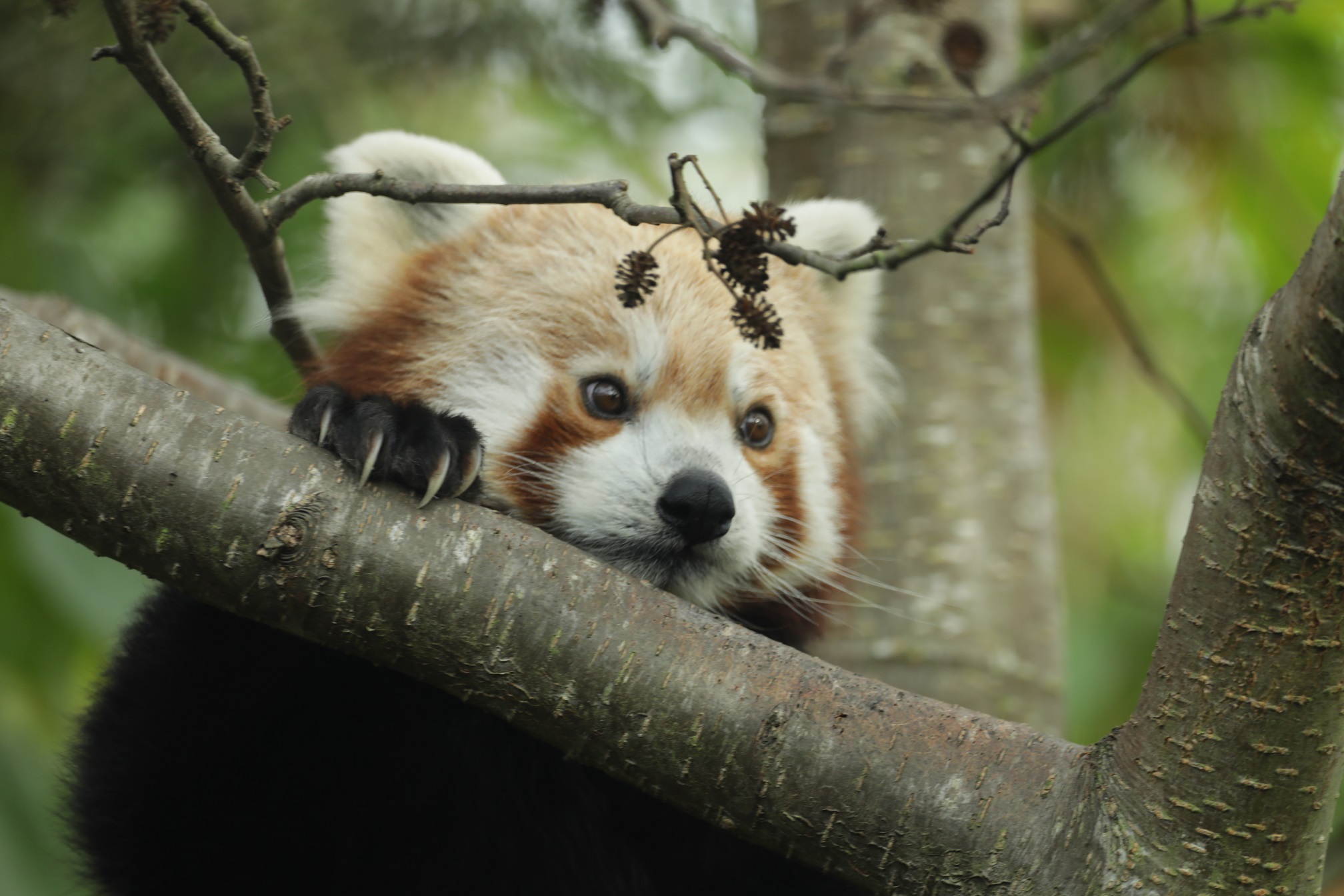Bengal florican
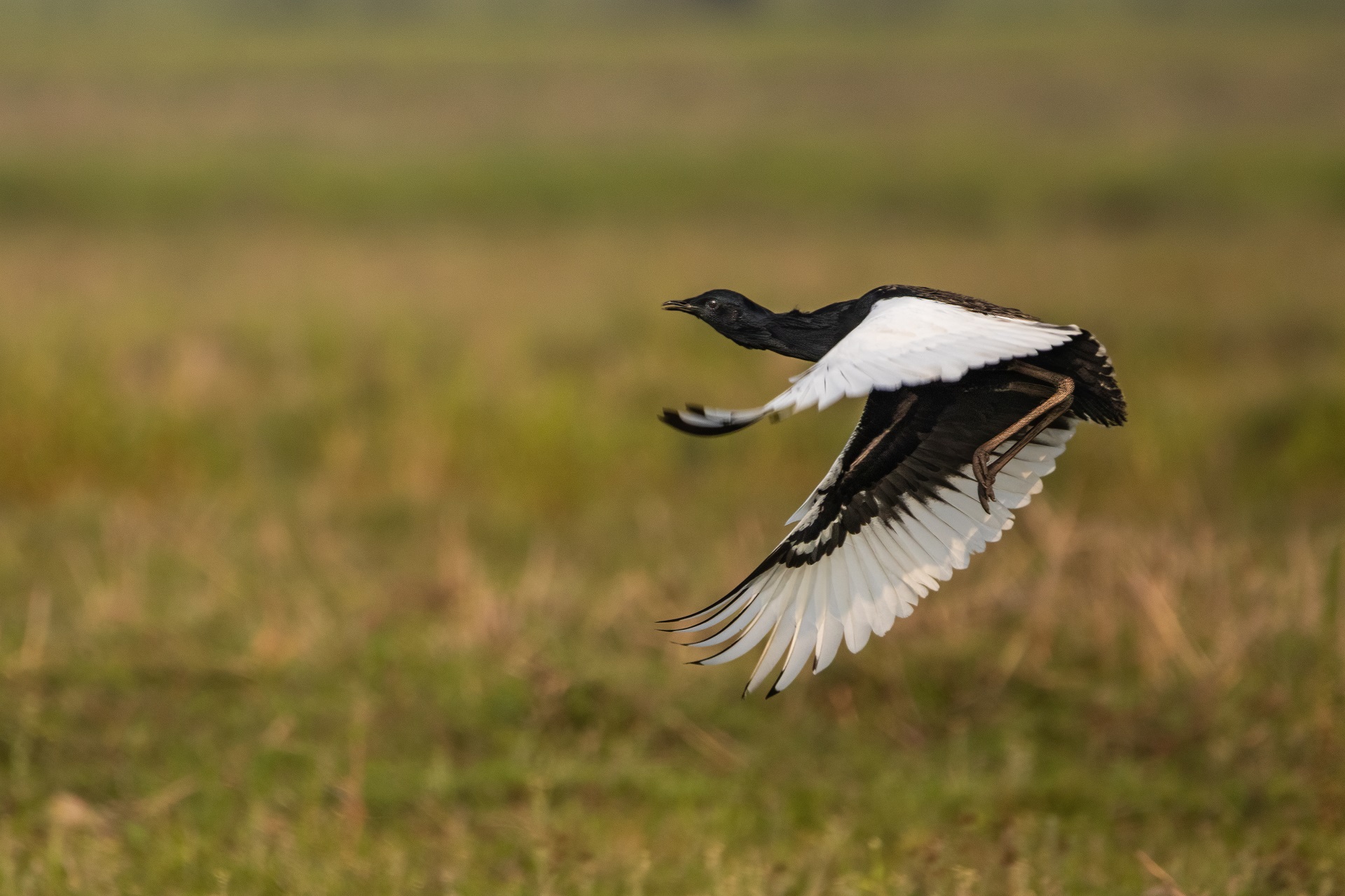
The Bengal florican (Houbaropsis bengalensis) is a species on the edge in more ways than one. It is on the edge of extinction: classified as critically endangered on a global scale. It is also on the edge evolutionarily, with so few close relatives it is classified as evolutionary distinct. We are now in a race against time to secure its future.
Having undergone drastic declines in recent decades there are now thought to be less than 1000 individuals remaining in the world. These are found in two disjunct regions, the Terai region on the Nepal/India border and the floodplains of the largest freshwater lake in Southeast Asia – the Tonle Sap in Cambodia. As the Bengal florican relies on seasonally flooded grasslands to breed, it has been decimated as flood plains have been converted for human use either to agricultural land or drained for infrastructure projects.
In a desperate attempt to secure a future for this species, a conservation breeding program is being set up in Cambodia by the Angkor Centre for the Conservation of Biodiversity (ACCB) which is a species conservation centre of the Allwetterzoo Münster, Germany, in collaboration with the Ministry of Environment of the Kingdom of Cambodia and the Wildlife Conservation Society (WCS) Cambodia Programme. By rescuing eggs from wild nests, that are at risk of slash and burn agricultural or floods, ACCB has reared a captive population of 13 birds. They are now in a position to start breeding and hopefully securing a population that can be used for reintroduction attempts in future.
The RZSS WildGenes team have been training staff in the Biology department of the Royal University of Phnom Penh to process the genetic samples. They are using genetic data from blood samples to understand the relatedness of these founders so that optimal breeding pairs can be established. The aim will be to avoid inbreeding and advise on genetic diversity in the population.
This research is supported by the Critical Ecosystem Partnership Fund and IUCN, and the Mohamed Bin Zayed Species Conservation Fund. The Critical Ecosystem Partnership Fund is a joint initiative of Margaret A. Cargill Philanthropies, l’Agence Française de Développement, Conservation International, the European Union, the Global Environment Facility, the Government of Japan, and the World Bank. A fundamental goal is to ensure civil society is engaged in biodiversity conservation.
Our Partners and Funders
Project type

Conservation genetics
The team
Project updates
Date: March 2024
Alex and Liz from the RZSS WildGenes team have collected twenty two blood/tissue samples from the ACCB breeding centre in Siem Reap. DNA has been extracted and the first genomic library produced for this species in the laboratory at the Royal University of Phnom Penh, Cambodia.
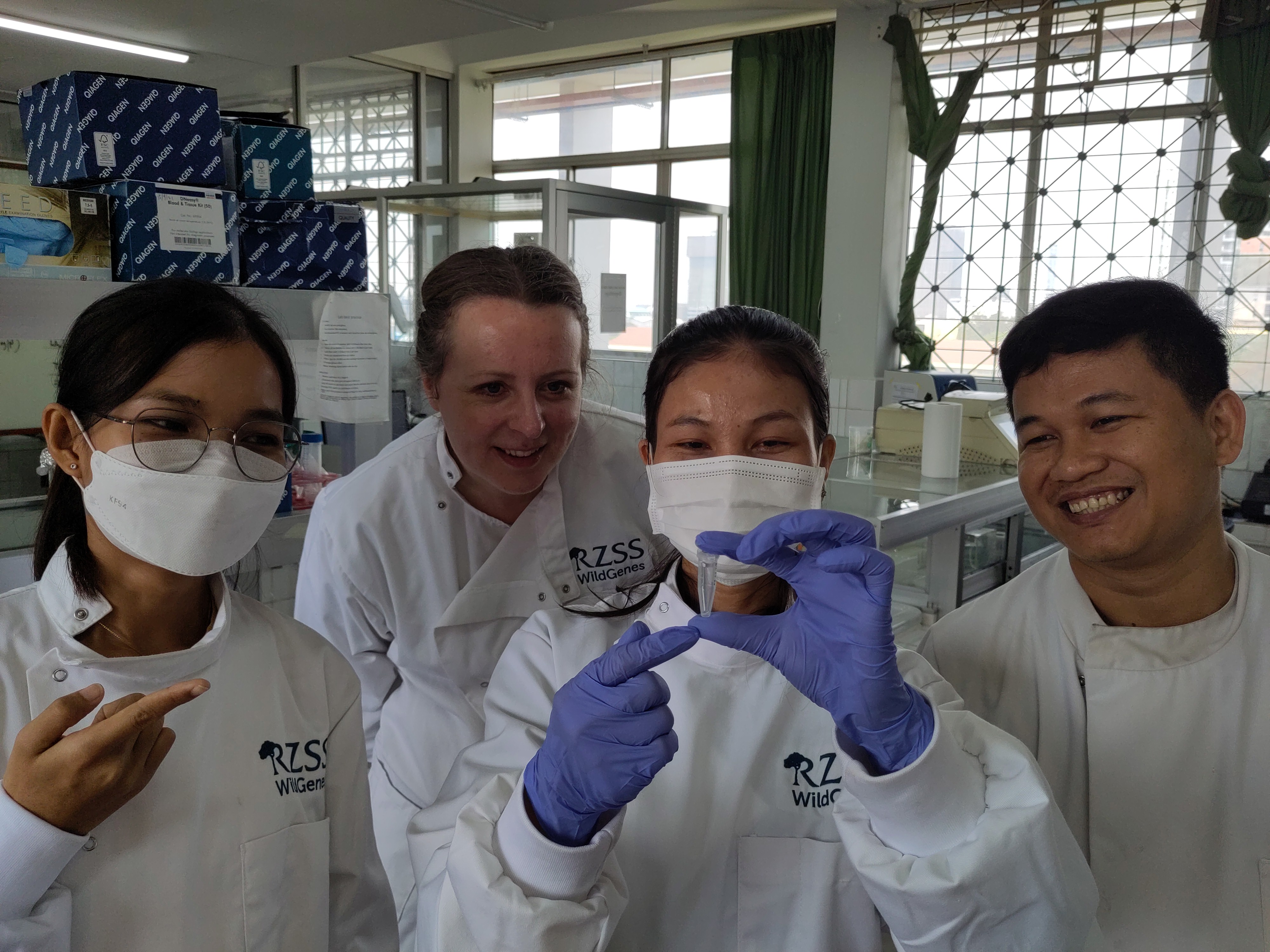
Ways you can support
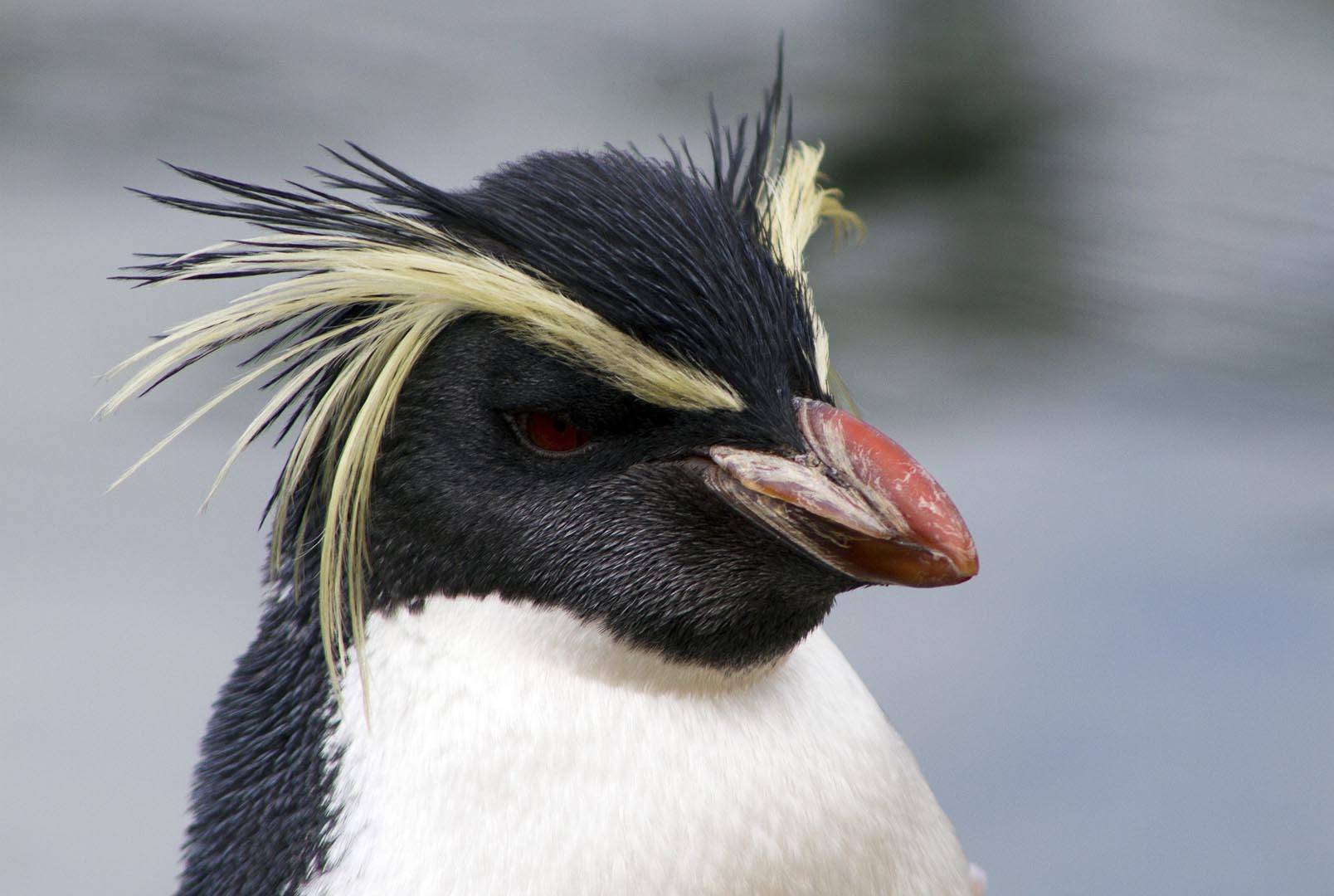
Become a Conservation Champion
Conservation Champions are helping to save 50 of the world's most endangered species from extinction. Give from £1 a week to £1 a day and join a growing group of caring people like you, committed to saving animals in danger.
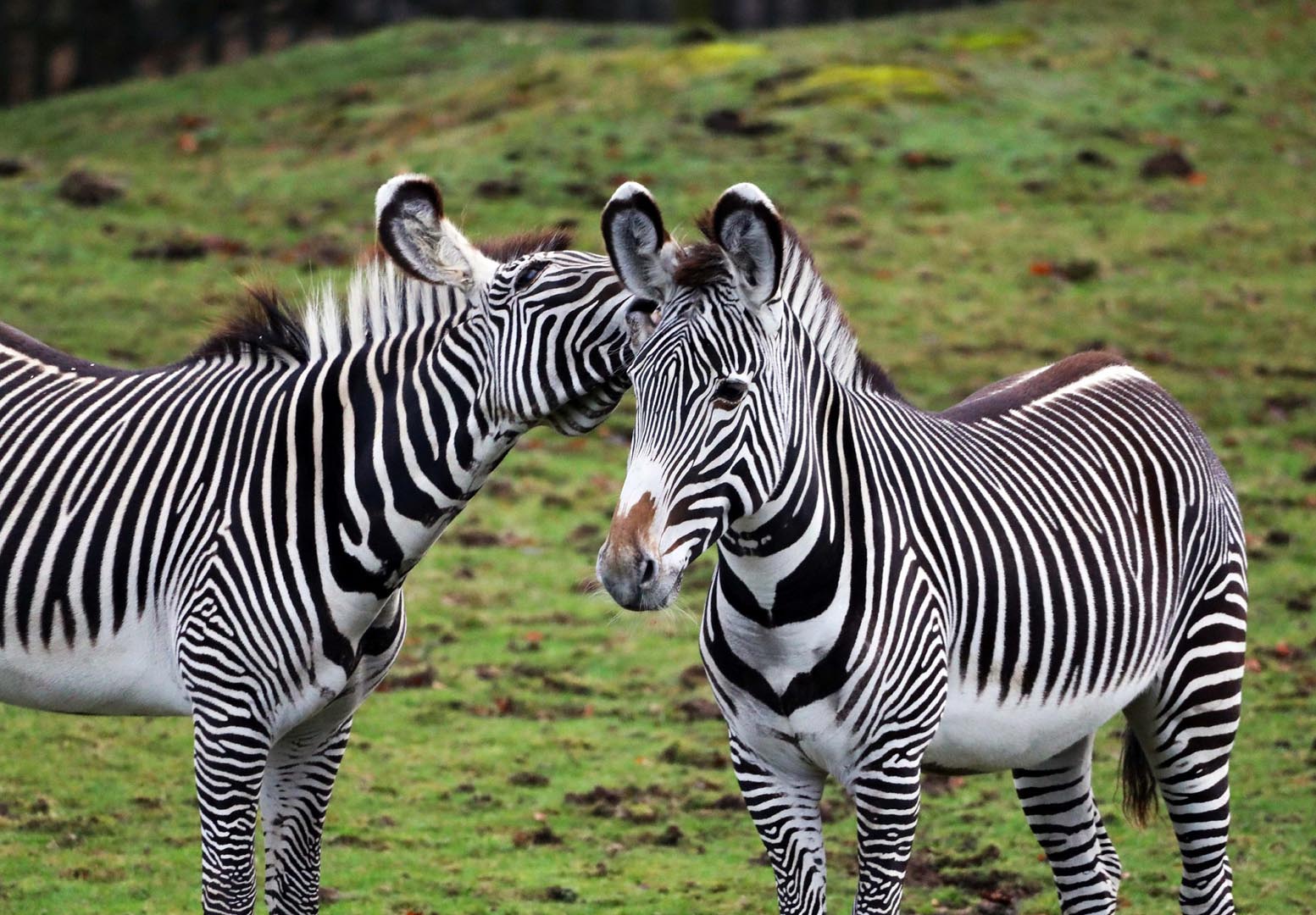
Connect your business to nature
You can get involved in our work via corporate partnerships, corporate sponsorships, exclusive volunteering opportunities, in-kind gifts and much more. Being a corporate partner is a unique path to meeting your business and corporate social responsibility needs.

Join RZSS as a member
RZSS membership provides much more than just free entry to Edinburgh Zoo and Highland Wildlife Park. Your membership helps support our charity's conservation work around the world.

